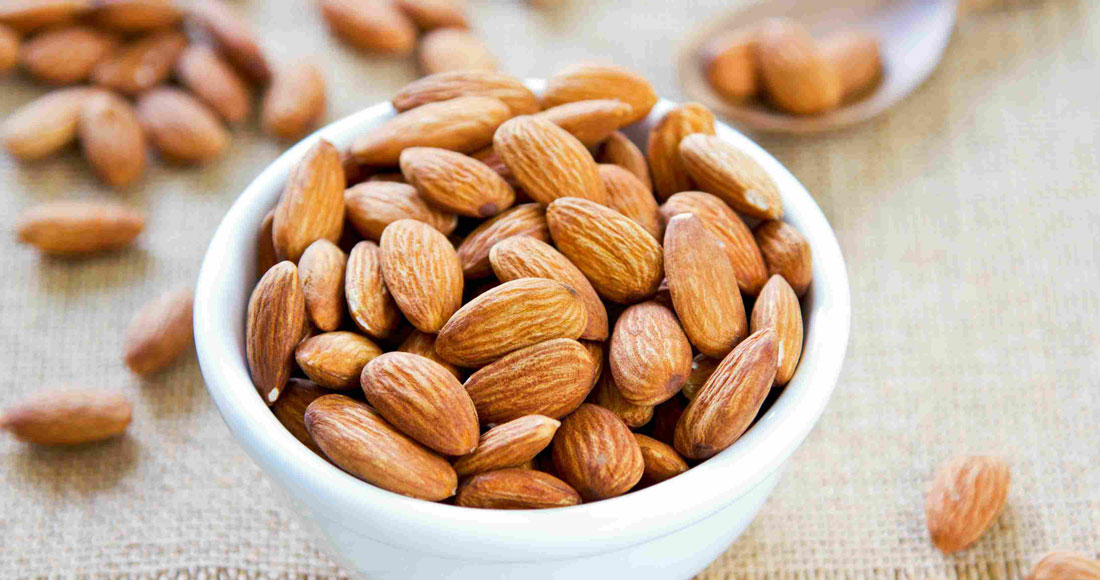You’ve pumped your morning weights, you’ve downed your protein shake and you’ve rolled into work on a high. The mid-morning snack calls and you’re after a protein-rich snack to hold you over till lunch.
Enter the nut. As Schwarzenegger once proclaimed, “put that cookie down!” – or in this case, put the nut bowl down. It’s a common misconception amongst today’s fitness freaks that nuts are awesome – don’t get us wrong, they are, but just not for muscle building protein purposes.
Like avocados, nuts contain healthy fats and micronutrients which our bodies need.
But according to New York Times’ leading health and science journalist Max Lugavere, “the idea that nuts are a good source of protein is silly.”
“Almonds for example are 73% fat and only 14% protein,” Lugavere explains in his latest post.
View this post on Instagram
Lugavere says that his definition of a good source of protein is when the food possesses relatively high protein while not having many tag-along starches and fats.
Based on this scale, nuts are considered a weak source of protein.
“I’m not talking about the quality of protein in almonds vs chicken breast, but how much protein you can get without consuming a lot of extra calories,” says Lugavere.
“There’s nothing wrong with the protein in nuts and seeds. You just have to be aware that it will take up A LOT of your fat macros if you try to consume most of your daily protein through nuts.”
“Nuts are awesome. Not really a protein source though.”
Robbie Clark, an Australian dietician and director of digital health company Healthbank agrees.
“Nuts are a great source of mono and polyunsaturated (healthy) fats, essential trace vitamins and minerals and fibre. They also contain protein but as an incomplete source,” he says.
“For a food to be a complete source of protein, it must contain the nine essential amino acids, meaning we have to source them from our diet because our body can’t make them itself.”
So what are ‘complete proteins’?
“Think animal proteins, from things like meat, poultry, dairy, eggs and fish. They provide all the amino acids needed to make new proteins in our bodies.”
“Vegetables, grains, nuts and seeds tend to lack certain specific amino acids, making them incomplete protein sources when consumed alone.”
Clark says that balance is the key here as a meat-only diet can still be bad for you.
“Vegetarians or vegans who don’t eat meat or fish simply need to be mindful of eating a balanced plate of various vegetables, grains, nuts, and seeds to ensure they’re getting all the essential amino acids needed for the body, which isn’t hard to do.”
So the next time you’re after a quick protein hit, try a hard boiled egg or low-sugar protein ball instead. You can also check out the protein to carbs to fat ratio of some of the most popular nuts on the market today, according to Naturalstacks.
Almonds – 15% carbs, 13% protein, 72% fat
Cashews – 22% carbs, 11.5% protein, 66.5% fat
Peanut Butter – 13% carbs, 17% protein, 70% fat
Walnuts – 8.5% carbs, 8% protein, 83.5% fat
Pecans – 8% carbs, 5% protein, 87% fat
Flax seeds – 22% carbs, 12% protein, 66% fat
Pumpkin seeds – 13% carbs, 16% protein, 71% fat
Sesame seeds – 17% carbs, 11% protein, 72% fat
Sunflower seeds – 17% carbs, 11.5% protein, 71.5% fat
RELATED: Special Forces Commandos Eat Like This To Build Muscle & Drop Fat
